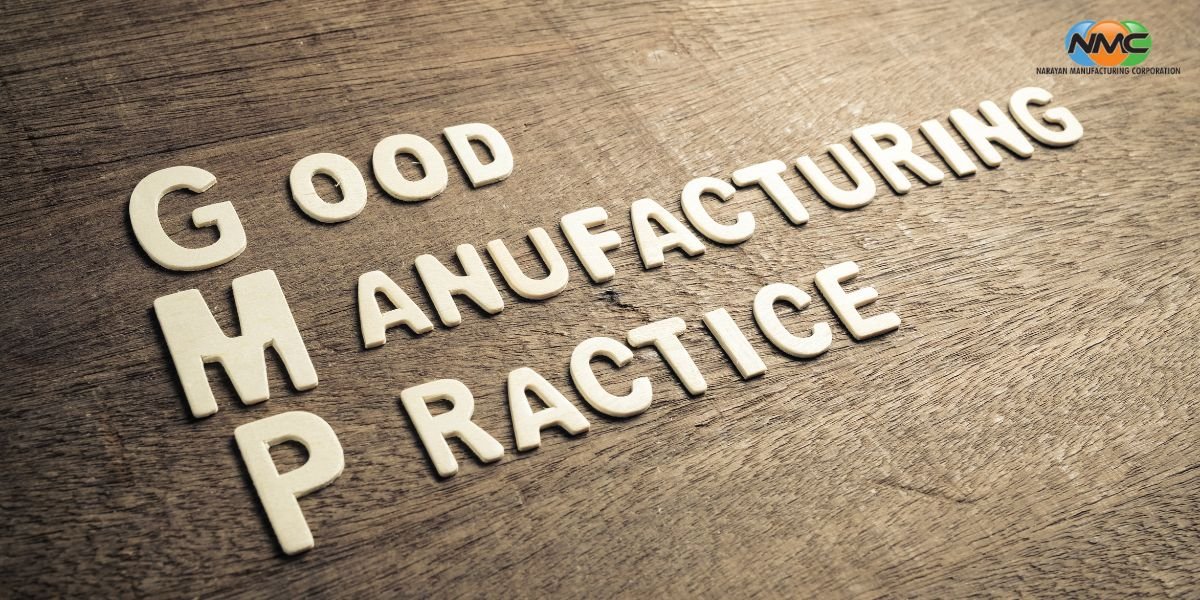Good Manufacturing Practices (GMP) are essential in the food coloring production industry to ensure the safety, quality, and consistency of products. GMP encompasses a set of guidelines and procedures that manufacturers follow to maintain high standards throughout the production process. In this guide, we will explore the key aspects of GMP in food coloring production and their importance.
1. Understanding GMP
Good Manufacturing Practices are regulatory requirements that provide a framework for manufacturers to produce safe and high-quality products. These practices cover all aspects of production, from raw material sourcing to final packaging. In the food coloring industry, GMP ensures that the color additives are safe for consumption and meet all regulatory standards.
2. Raw Material Quality Control
Sourcing: The first step in GMP is sourcing high-quality raw materials. Suppliers should be carefully vetted to ensure they provide materials that meet safety and quality standards. This includes checking for contaminants and verifying the source of natural colors.
Inspection: Upon arrival, raw materials should be inspected for quality and purity. This involves physical, chemical, and microbiological testing to ensure they meet specified criteria.
3. Manufacturing Process Control
Standard Operating Procedures (SOPs): SOPs are detailed, written instructions that describe the processes and procedures necessary to produce food coloring. These procedures ensure consistency and compliance with GMP standards.
Equipment Maintenance: Regular maintenance and calibration of manufacturing equipment are crucial to prevent contamination and ensure accurate production. Equipment should be cleaned and sanitized according to a defined schedule.
Process Monitoring: Continuous monitoring of the production process helps detect any deviations from the standard. This includes monitoring temperature, pH levels, and other critical parameters.
4. Hygiene and Sanitation
Facility Cleanliness: The production facility must be kept clean and sanitary to prevent contamination. This involves regular cleaning of floors, walls, and surfaces, as well as pest control measures.
Employee Hygiene: Employees should follow strict hygiene protocols, including wearing appropriate clothing, washing hands regularly, and using protective gear to prevent contamination.
5. Quality Assurance and Testing
In-Process Testing: Samples should be taken at various stages of production to ensure the product meets quality standards. This includes testing for color consistency, concentration, and purity.
Final Product Testing: Before packaging, the final product must undergo thorough testing to verify its compliance with regulatory standards. This includes checking for contaminants and verifying the color specifications.
Traceability: Keeping detailed records of each batch produced allows for traceability in case of any quality issues. This includes documenting raw materials used, process parameters, and test results.
6. Documentation and Record-Keeping
Batch Records: Detailed batch records should be maintained for every production run. These records include information about raw materials, process conditions, and test results.
Audit Trails: Regular internal audits help ensure compliance with GMP. Audits involve reviewing documentation, inspecting facilities, and verifying that SOPs are being followed.
Regulatory Compliance: Manufacturers must stay updated with regulatory requirements and ensure their practices comply with local and international standards. This includes obtaining necessary certifications and licenses.
7. Training and Education
Employee Training: Regular training programs for employees ensure they understand and follow GMP guidelines. This includes training on SOPs, hygiene practices, and safety protocols.
Continuous Improvement: Encouraging a culture of continuous improvement helps identify areas for enhancement in the production process. This involves regular reviews of procedures and implementing new best practices.
8. Packaging and Labeling
Safe Packaging: Packaging materials must be safe and suitable for food coloring products. They should prevent contamination and preserve the quality of the product.
Accurate Labeling: Labels must provide accurate information about the product, including ingredients, usage instructions, and expiration dates. Compliance with labeling regulations is essential to ensure consumer safety.
Conclusion
Good Manufacturing Practices are critical in the food coloring production industry to ensure the safety, quality, and consistency of products. By adhering to GMP guidelines, manufacturers can produce high-quality food colors that meet regulatory standards and satisfy consumer expectations. Implementing GMP not only enhances product quality but also builds trust with consumers and regulatory bodies, ensuring the long-term success of the company.




